These overrated tourist traps cost you time, money, and the chance to see what makes cities truly special.
Maria spent three hours fighting crowds in Times Square, paid $35 for a mediocre lunch, and left thinking New York was just noise and chaos. Meanwhile, her friend Carlos explored Greenwich Village, ate authentic food for $12, and fell in love with the city’s real character.
Times Square and Hollywood Walk of Fame represent everything wrong with tourist trap culture. They’re designed to extract maximum money from visitors as quickly as possible, creating manufactured experiences that have nothing to do with authentic city life. Locals cringe when tourists judge their entire city based on these disappointing zones.
Skip the overrated attractions that locals never visit. Discover the neighborhoods, food, and culture that make New York and Los Angeles worth loving. Your wallet and your travel memories will thank you.
1. Times Square, New York City – The Tourist Trap Locals Call Hell
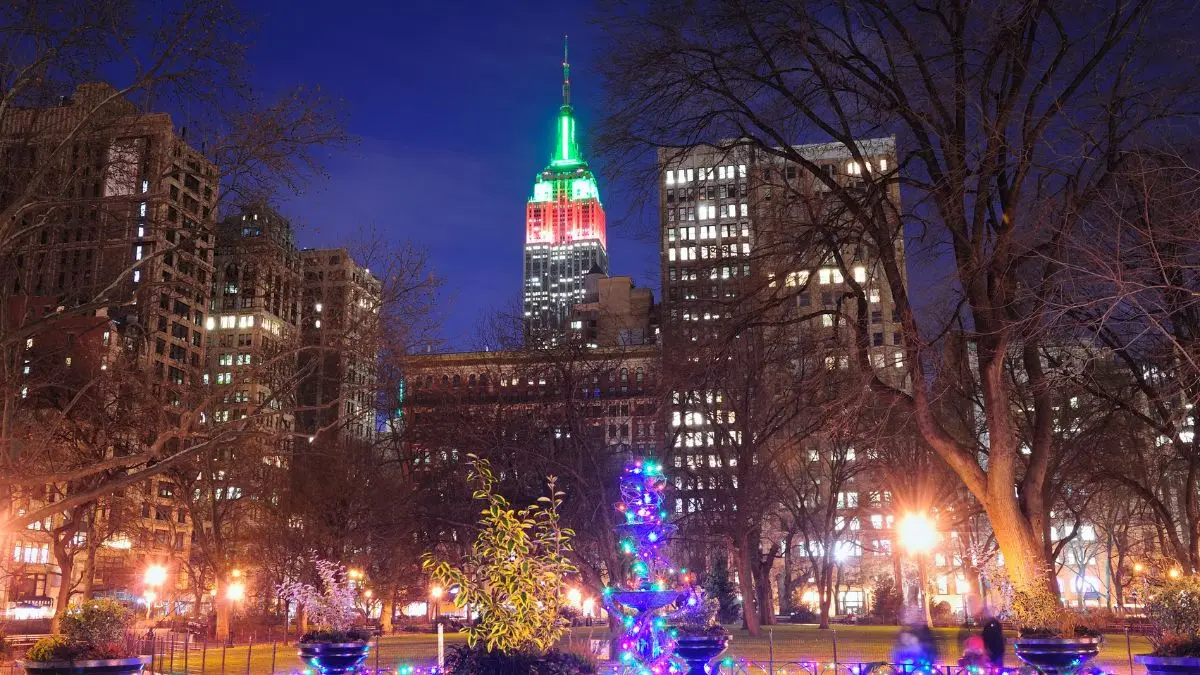
Ask any New Yorker about Times Square and watch them physically cringe. “I avoid it like the plague,” says Marcus, who’s lived in Manhattan for 15 years. “It’s everything wrong with tourism wrapped up in flashing lights and overpriced chain restaurants.”
Times Square represents one of America’s most successful overrated tourist traps. Over 330,000 people visit daily, most leaving disappointed and broke. Here’s why locals desperately want you to skip it.
Why Locals Avoid Times Square Entirely
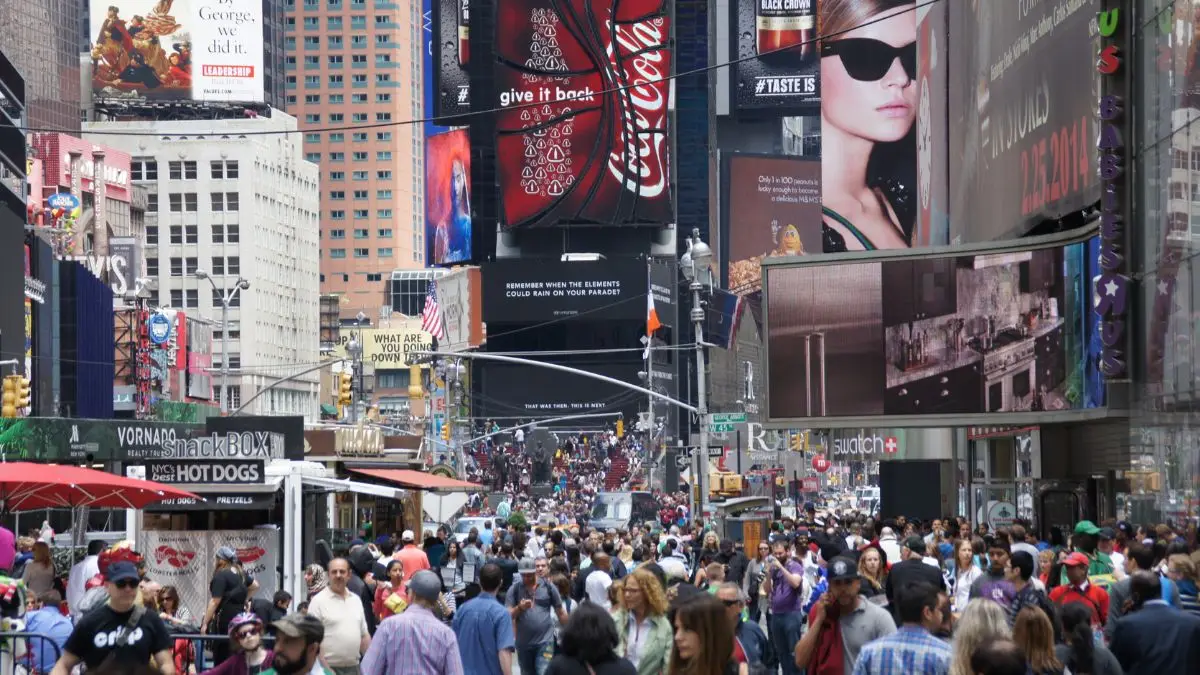
Real New Yorkers treat Times Square like a no-go zone. The crowds make simple walking impossible. You’ll spend more time dodging aggressive costume characters and street performers than actually seeing anything interesting.
“I once got trapped there during New Year’s Eve by accident,” laughs Sarah, a Brooklyn resident. “It took me two hours to walk three blocks. Never again.”
The atmosphere feels completely fake. These crowded tourist attractions exist solely to extract money from visitors. Chain restaurants, overpriced souvenir shops, and tourist-trap theaters create an artificial version of New York that has nothing to do with actual city life.
Local New Yorkers only end up in Times Square when they absolutely have to work there. Even then, they escape as quickly as possible.
The Price Manipulation That Locals Warn About
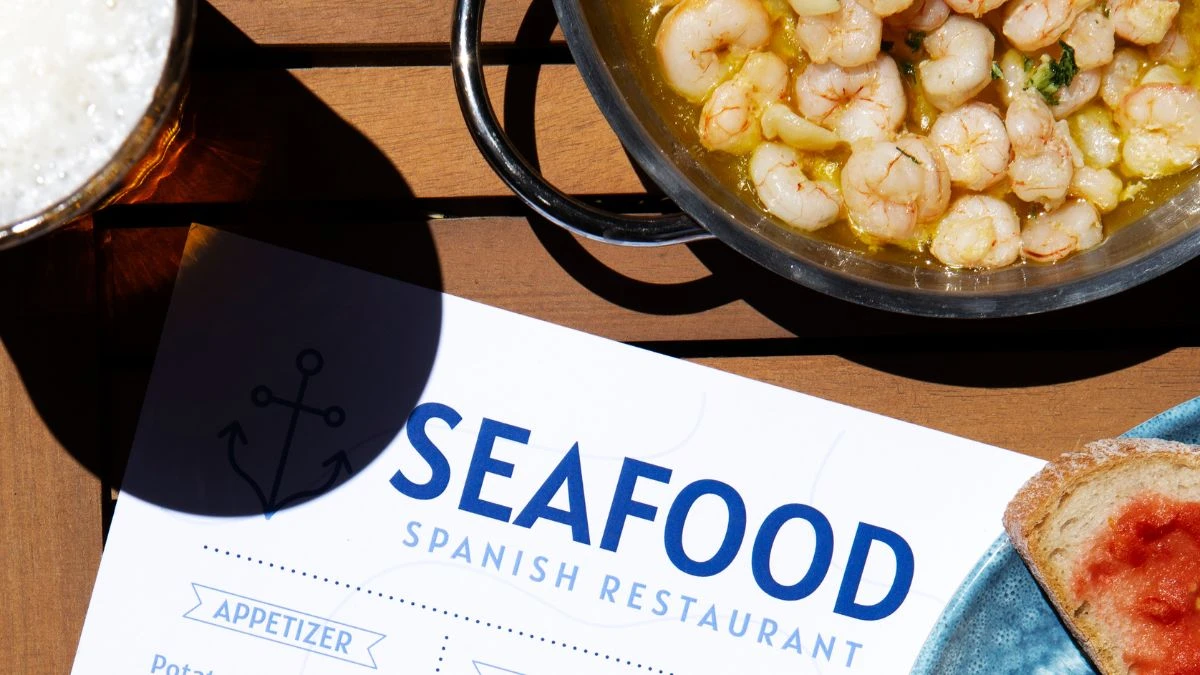
Times Square businesses charge tourist prices that shock even expensive New York standards. A basic dinner at an Olive Garden in Times Square costs $25-40 per person. The same meal in a real NYC neighborhood costs $12-18 at local spots with better food.
Tourist Trap Pricing Reality:
- Times Square pizza slice: $4-6
- Local neighborhood slice: $1.50-3
- Times Square beer: $8-12
- Local bar beer: $4-7
- Times Square souvenir t-shirt: $25-35
- Same shirt in Chinatown: $8-12
Street vendors target tourists with “I Heart NY” merchandise at inflated prices. Everything costs 2-3 times more than identical items sold just 10 blocks away in real neighborhoods.
The Psychological Tricks That Keep You Spending

Times Square businesses use every psychological manipulation trick to keep tourists spending money. Bright lights and constant noise create sensory overload that impairs decision-making. You buy things you don’t want at prices you wouldn’t normally pay.
The Red Steps bleachers exist specifically to trap tourists in the center of the commercial zone longer. While you’re taking selfies, you’re surrounded by overpriced food trucks, souvenir hawkers, and costume characters demanding tips.
Chain restaurants locate their biggest, flashiest locations in Times Square because they know confused tourists will pay premium prices for familiar food. These aren’t the best versions of these restaurants – they’re tourist-extraction operations.
Where Locals Actually Go for Real New York Energy
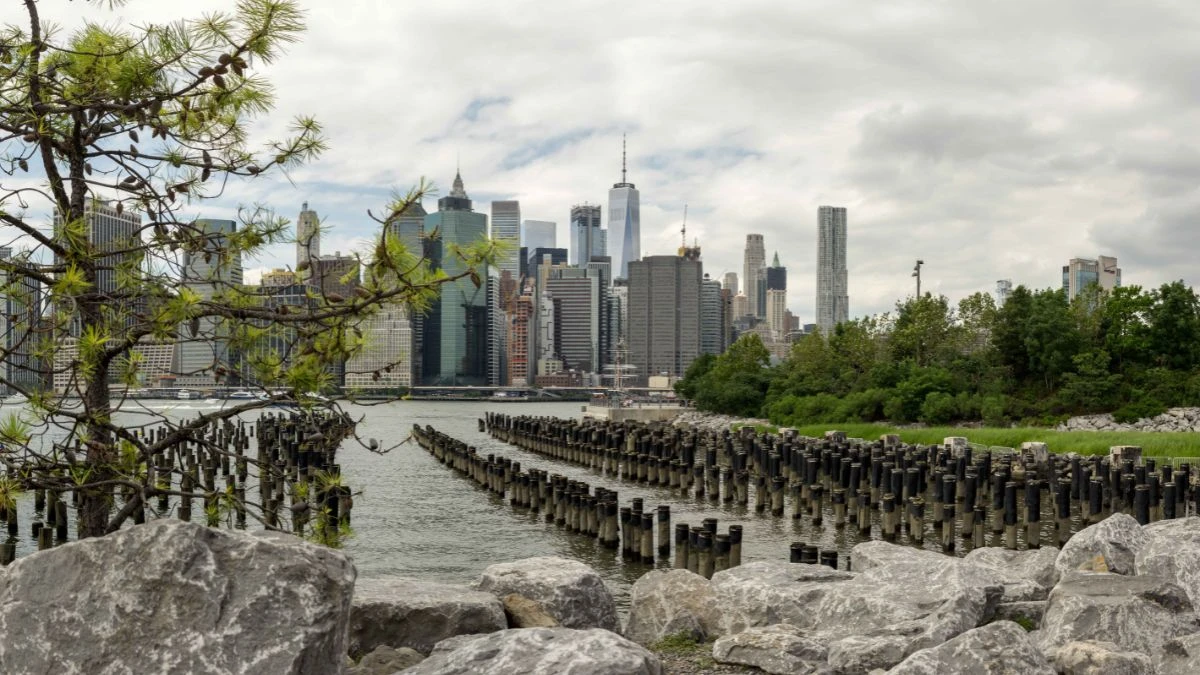
Real New York happens in neighborhoods locals choose to spend their time and money. Here’s where you’ll find authentic NYC culture instead of manufactured tourist traps:
East Village: Actual artists, independent restaurants, and historic bars where locals hang out. St. Marks Place offers real street culture without tourist trap pricing.
Williamsburg, Brooklyn: Artisan coffee shops, local breweries, and authentic ethnic food at prices real people can afford. Take the L train one stop from Manhattan.
Lower East Side: Historic immigrant neighborhoods with family-owned restaurants that have served locals for generations. Katz’s Delicatessen is touristy but legitimate – unlike Times Square chains.
Greenwich Village: Tree-lined streets with independent bookstores, local cafes, and Washington Square Park where real New Yorkers actually relax.
Astoria, Queens: Diverse neighborhood with authentic Greek, Middle Eastern, and Latin American food at local prices. Easy subway ride from Manhattan.
The Real New York Experience Locals Recommend
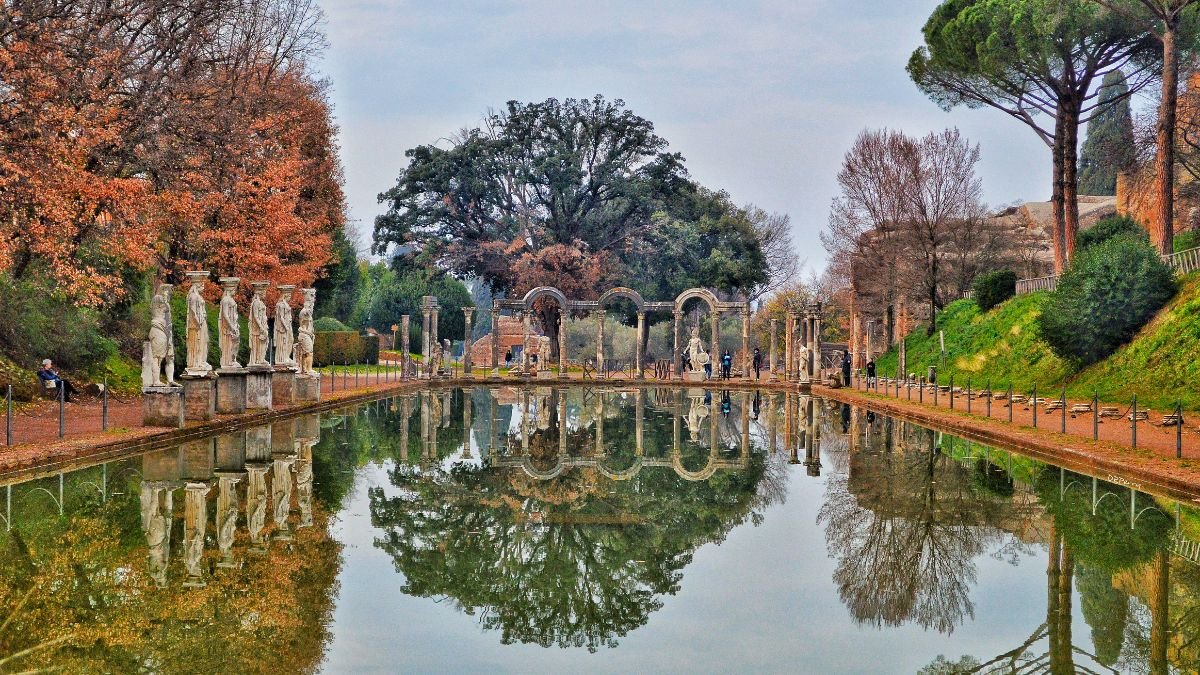
Instead of fighting crowds in Times Square, visit Central Park where locals actually walk, jog, and enjoy outdoor space. The park offers genuine city beauty without commercial manipulation.
Ride the subway during rush hour to see how real New Yorkers move through their city. Visit local farmers markets on weekends. Eat at neighborhood spots where you hear local accents instead of tourist chatter.
“The best New York experiences happen in places tourists never find,” explains David, a lifelong New Yorker. “Times Square is designed to separate you from your money. Real NYC neighborhoods are designed for people to actually live.”
Times Square isn’t just overpriced – it’s a fake version of New York that prevents you from experiencing what makes the city special. But New York’s tourist trap problem isn’t unique.
2. Hollywood Walk of Fame, Los Angeles – The Disappointment Locals Predicted
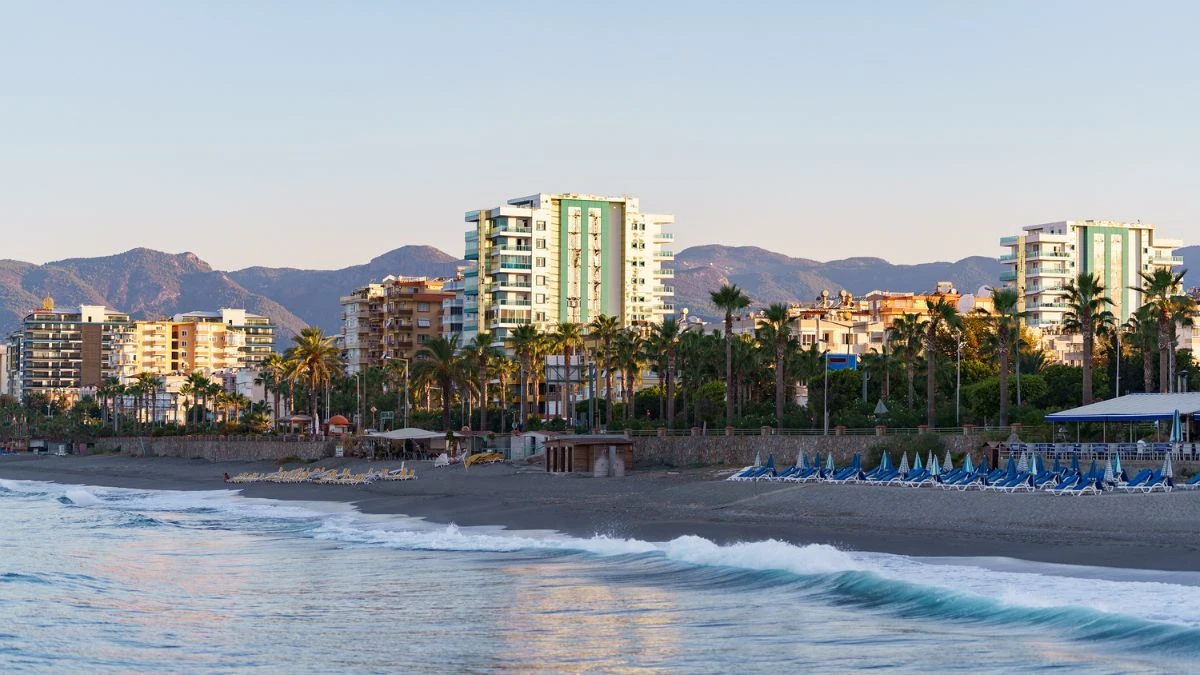
Los Angeles locals have their own tourist trap nightmare, and they’ve been warning visitors about it for decades. “The Hollywood Walk of Fame is an embarrassment,” says Jennifer, who’s lived in LA for 20 years. “It’s everything tourists think Hollywood is, which is exactly why it’s so disappointing.”
Over 10 million people visit the Hollywood Walk of Fame annually, making it one of the most visited tourist traps to avoid in America. Most tourists spend just 15 minutes there before realizing they’ve been sold a lie. Here’s why locals desperately want you to skip it.
Reality vs. Expectation: The Sidewalk That Crushes Dreams
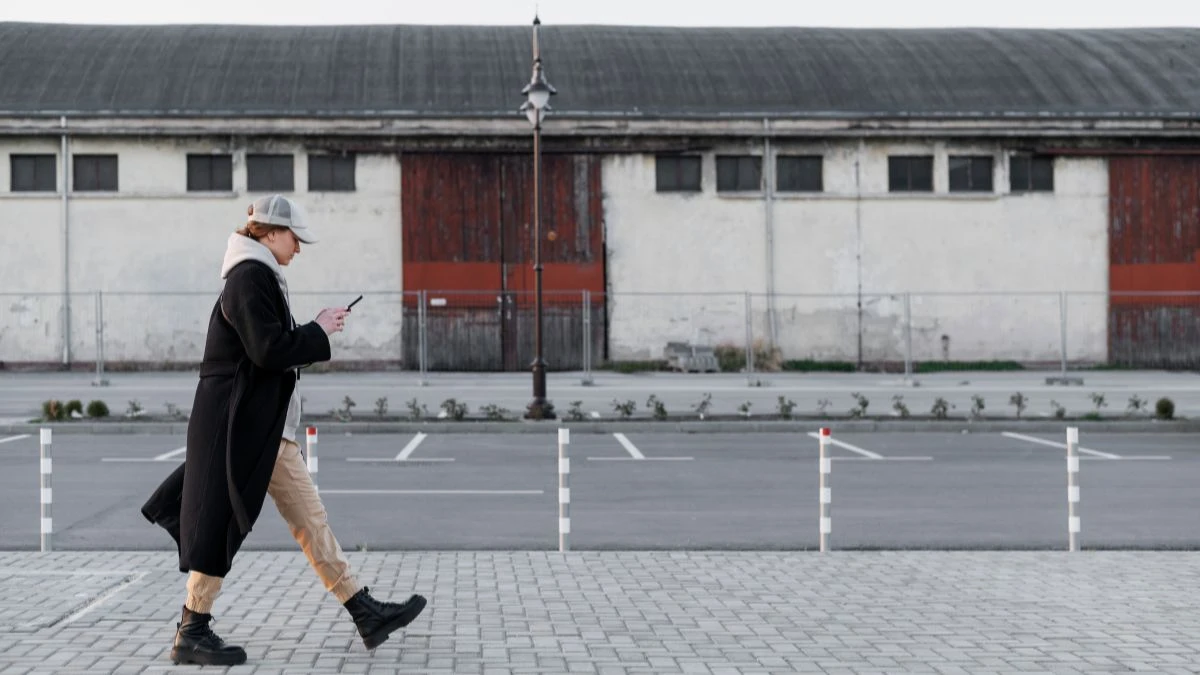
You imagine glamorous Hollywood history. You get dirty sidewalks, aggressive panhandlers, and street performers in knockoff superhero costumes demanding tips for photos you didn’t want.
The famous stars embedded in the sidewalk are often cracked, stained, or covered with grime. Many tourists can’t even find the stars they’re looking for because there’s no logical organization system. You’ll walk blocks searching for specific celebrities while dodging aggressive street vendors.
“Tourists show up expecting red carpets and movie magic,” explains Carlos, a local business owner. “Instead they get homeless encampments and people in dirty Elmo suits harassing them for money.”
The Hollywood sign isn’t even visible from the Walk of Fame. The actual historic movie theaters are buried between souvenir shops and chain restaurants that have nothing to do with film history.
Why Locals Consider It an Embarrassment
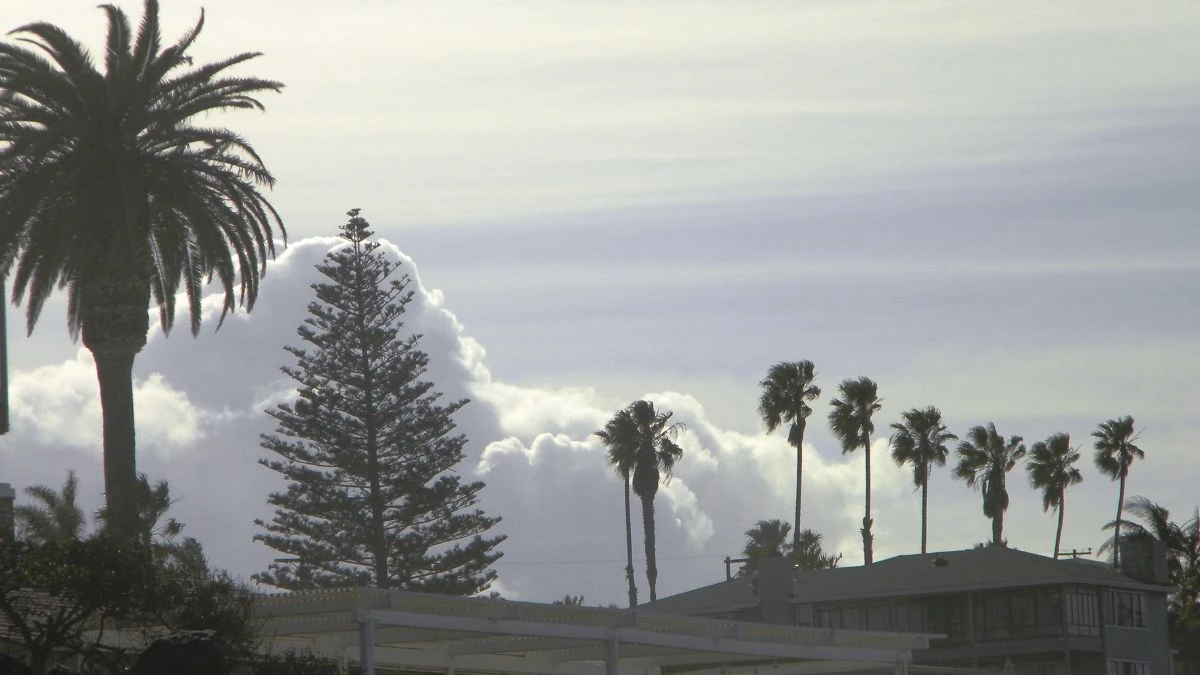
Real Los Angeles residents avoid Hollywood Boulevard entirely. The Walk of Fame represents everything locals hate about how their city gets portrayed to the world.
“It’s not Hollywood culture – it’s tourist trap culture,” says Maria, a film industry worker. “Real movie industry people work in Burbank, Culver City, and other places tourists never visit. Hollywood Boulevard is just a themed shopping mall disguised as history.”
The area attracts street performers, costume characters, and aggressive vendors who create an atmosphere that feels dangerous rather than entertaining. Local businesses struggle because the tourist focus drives away residents who might actually support neighborhood establishments.
Many locals feel embarrassed when visitors judge all of LA based on this artificial tourist zone that represents nothing authentic about the city.
The Commercialization That Destroyed Authentic History

Whatever real Hollywood history once existed on Hollywood Boulevard got bulldozed decades ago to make room for tourist trap businesses. The Walk of Fame itself didn’t even exist until 1960 – it’s younger than many of the tourists visiting it.
What Replaced Real History:
- Authentic theaters became themed restaurants
- Historic buildings became souvenir shops
- Local businesses became chain stores targeting tourists
- Cultural landmarks became photo ops with costumed characters
The few remaining historic venues like TCL Chinese Theatre now function primarily as tourist attractions rather than working cultural spaces. You can’t experience Hollywood history because it’s been packaged and sold as entertainment.
Safety Concerns and Tourist Scams Locals Warn About
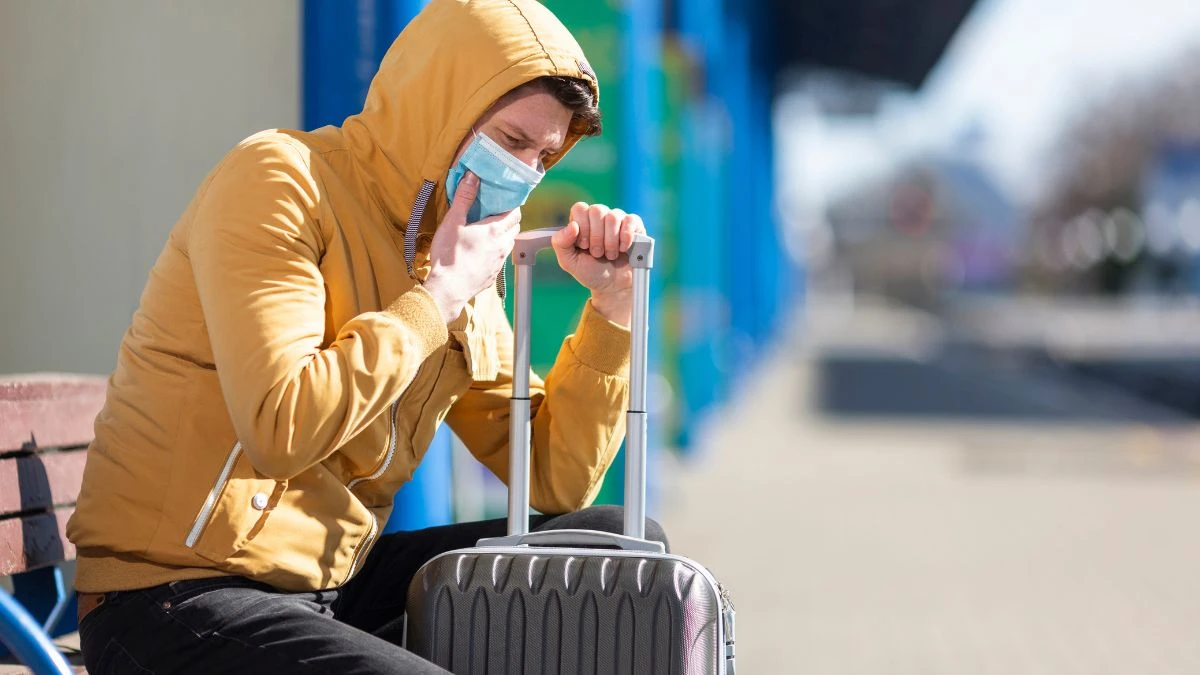
Hollywood Boulevard creates perfect conditions for tourist scams because visitors are disoriented and looking for authentic experiences that don’t exist there.
Common Scams Locals Know About:
- Costume characters who demand payment after taking photos with tourists
- Street performers who become aggressive when you don’t tip
- “Hollywood tours” that drive you around pointing out fake celebrity homes
- Overpriced parking that charges tourist rates for basic street spots
- Street vendors selling counterfeit celebrity merchandise at inflated prices
Personal safety becomes an issue because the area attracts people who specifically target confused tourists with money. Local police spend most of their time dealing with tourist-related incidents rather than serving residents.
Where Locals Actually Experience Real Los Angeles Culture
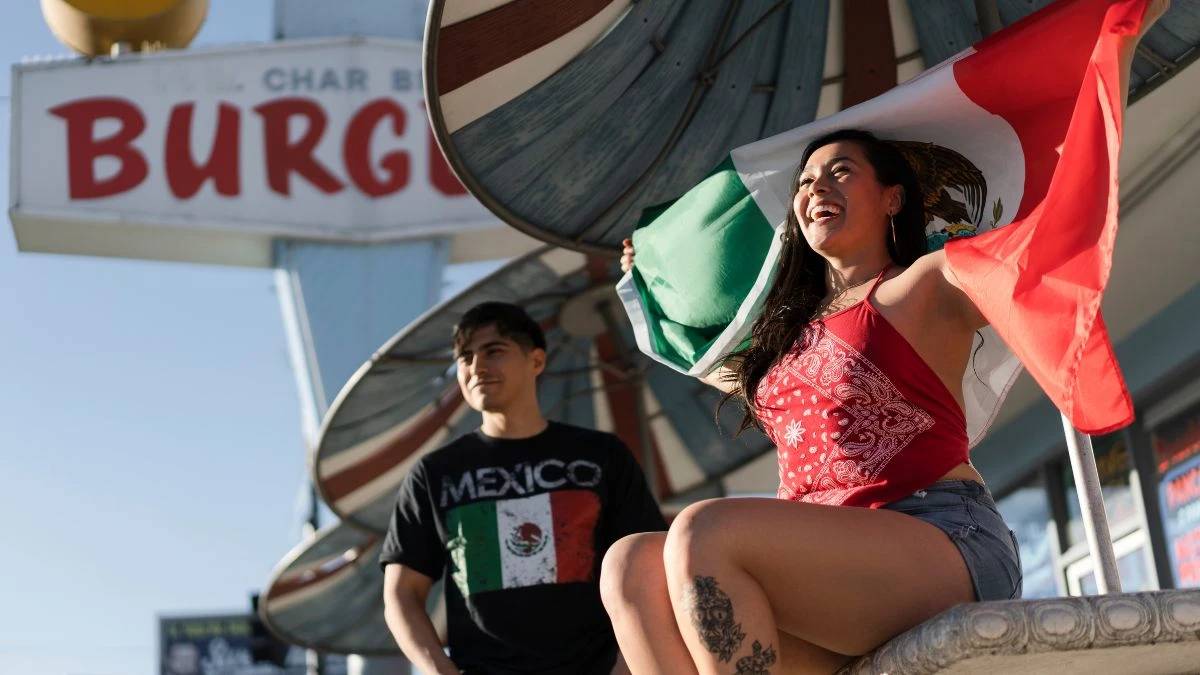
Authentic LA culture happens in neighborhoods where locals choose to spend their time and money, not in manufactured tourist zones.
Griffith Observatory: Real views of the Hollywood sign plus genuine LA science and culture. Free admission, used by locals for dates and family outings.
Los Feliz and Silver Lake: Independent coffee shops, vintage stores, and restaurants where LA creatives actually hang out. Walkable neighborhoods with authentic local character.
Venice Beach: Yes, it’s touristy, but it’s also where locals surf, exercise, and enjoy actual beach culture. Real California lifestyle instead of fake Hollywood glamour.
Downtown LA Arts District: Galleries, breweries, and restaurants in converted warehouses. This is where young LA professionals actually socialize.
Santa Monica Farmers Market: Wednesday and Saturday markets where locals shop for food and enjoy community atmosphere. Real California culture without tourist manipulation.
Melrose Avenue: Independent boutiques, vintage shops, and cafes between Fairfax and La Brea. Locals shop here for unique items you can’t find in tourist areas.
The Real Hollywood Experience Locals Recommend
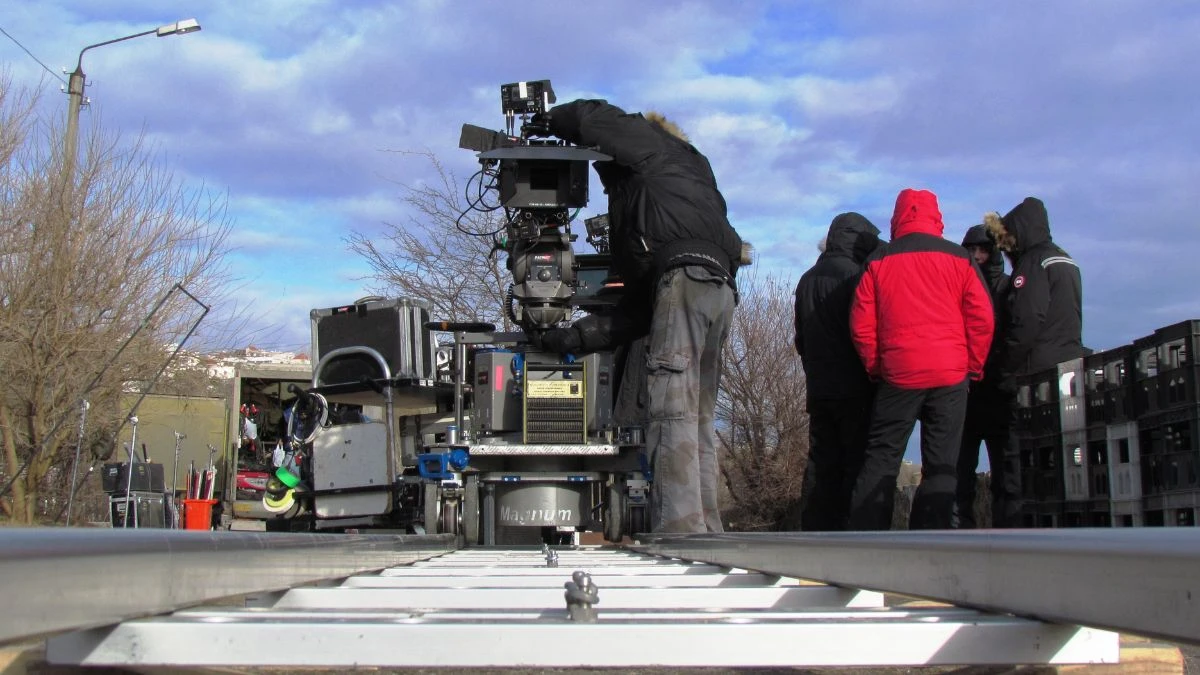
Instead of the Walk of Fame, visit actual working film locations. Take studio tours at Warner Bros or Universal Studios if you want behind-the-scenes movie industry access.
Attend screenings at independent theaters like the New Beverly Cinema or American Cinematheque. These venues show classic films and host events where real film lovers gather.
“The best LA experiences happen when you stop looking for Hollywood and start experiencing California,” suggests Rebecca, a longtime resident. “Beach culture, food trucks, hiking trails, and neighborhood festivals show you what makes this city special.”
The Walk of Fame isn’t just disappointing – it actively prevents you from discovering what makes Los Angeles worth visiting. These tourist traps represent a bigger problem that affects how entire cities get experienced by visitors.
3. Why Locals Want You to Skip These Places (And Where to Go Instead)
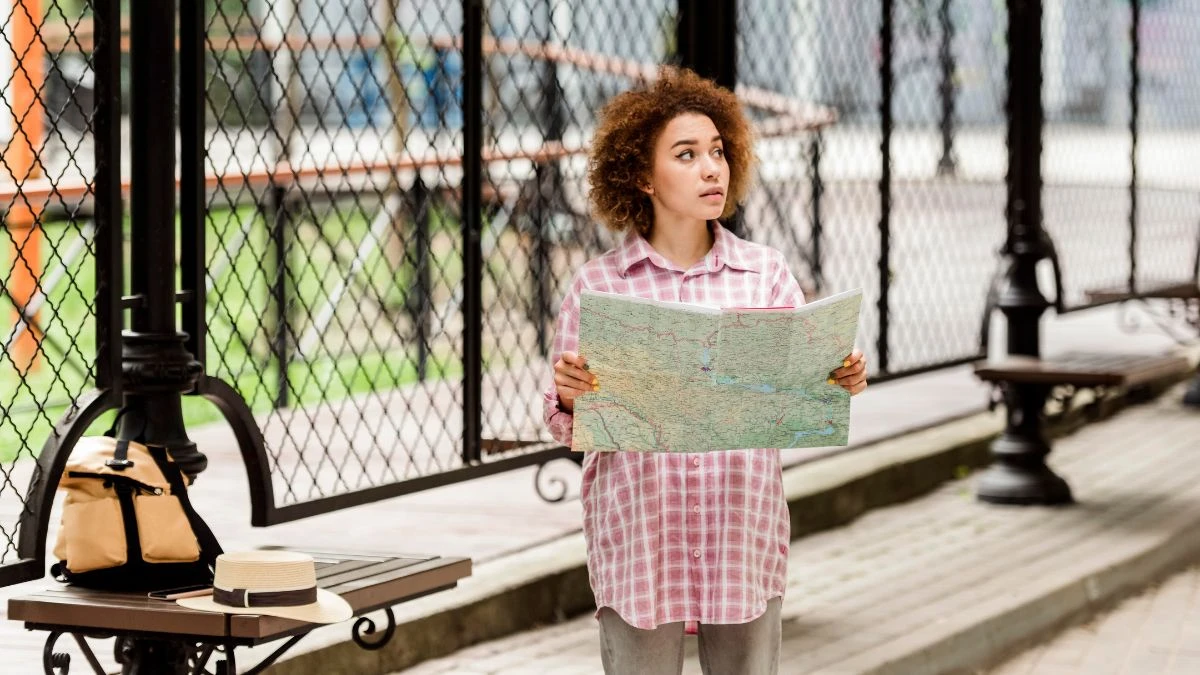
These overrated tourist traps aren’t just bad experiences – they actually damage the cities locals love. Here’s why residents feel so frustrated when visitors only see the worst versions of their hometowns.
How Tourist Traps Damage Local Communities
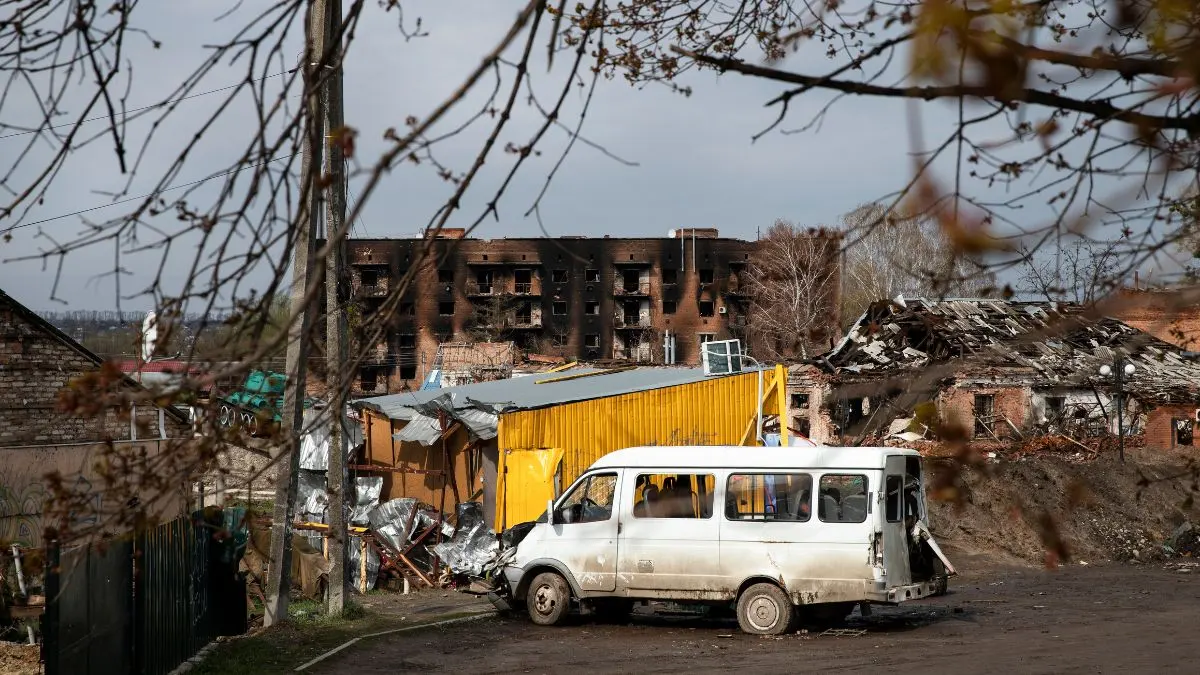
Tourist traps push out local businesses that serve residents. When Times Square landlords can charge premium rents to chain restaurants targeting tourists, family-owned businesses that locals love get forced out.
“My favorite deli closed after 30 years because the rent tripled,” explains James, a longtime New York resident. “Now it’s another overpriced tourist restaurant that nobody from the neighborhood can afford.”
The same thing happens around Hollywood Boulevard. Local shops that served the community get replaced by souvenir stores and themed restaurants that exist only to extract money from visitors.
This creates dead zones where locals can’t live, work, or shop. Entire neighborhoods become unaffordable for the people who actually make cities interesting.
Real Culture vs. Manufactured Tourist Experiences
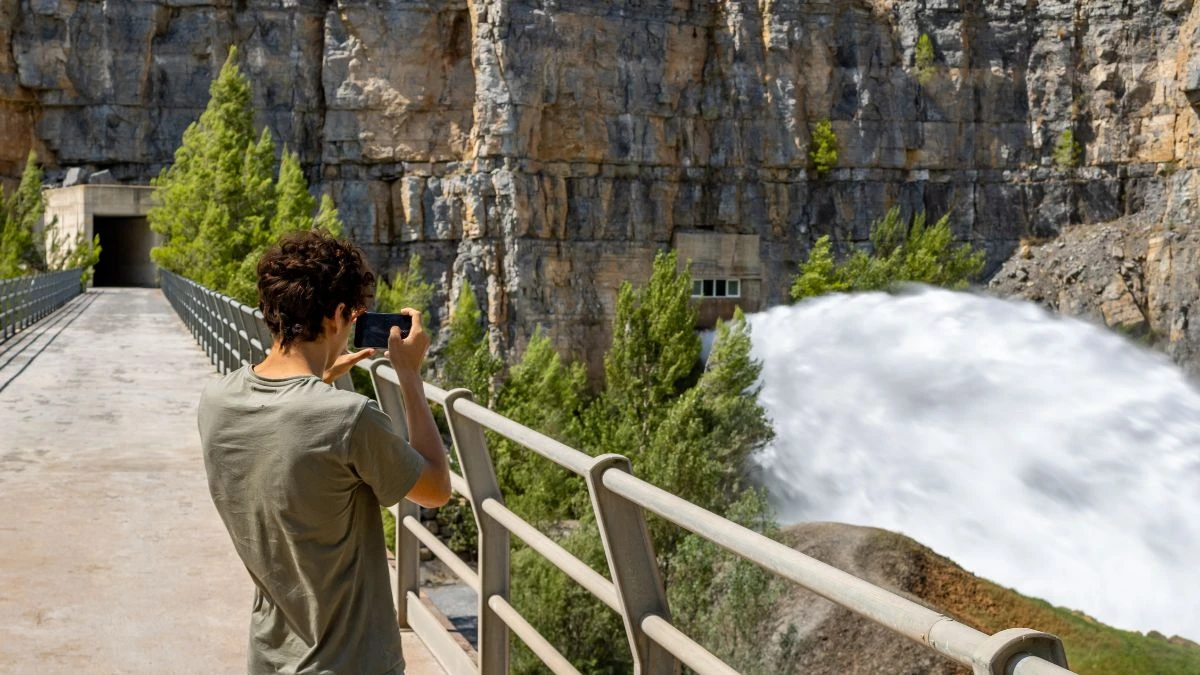
Authentic local culture happens naturally when people live, work, and socialize in neighborhoods. Tourist traps create fake versions of culture designed to separate visitors from their money as quickly as possible.
Real New York energy comes from diverse neighborhoods where people actually choose to spend time. Real LA culture develops in communities where locals pursue careers, raise families, and build businesses.
Tourist traps offer manufactured experiences that have nothing to do with how locals actually live. They’re theme park versions of cities that prevent visitors from experiencing what makes these places special.
Why Locals Feel Frustrated with Tourist Trap Visitors
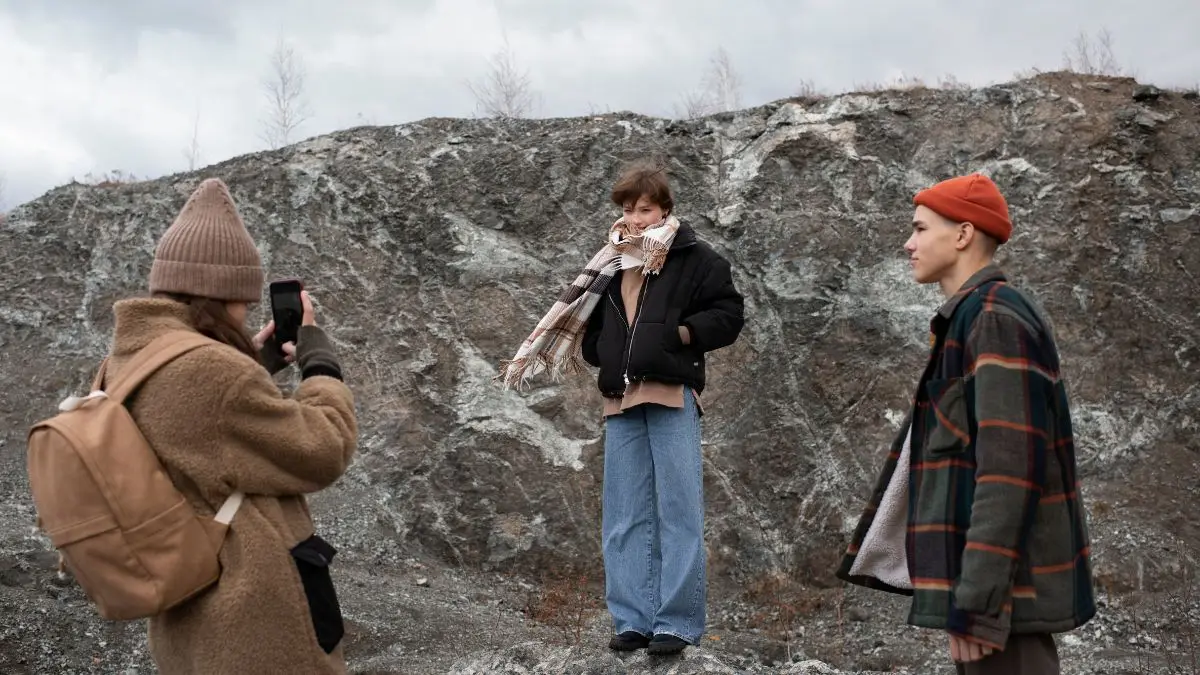
Residents feel disappointed when visitors judge their entire city based on tourist trap experiences. When someone visits Times Square and decides they “don’t like New York,” locals know they never actually experienced the city.
“It’s like judging a person based on their worst day,” says Patricia, a Los Angeles native. “Hollywood Boulevard is the worst representation of what makes LA great. But that’s all tourists see, so they think the whole city is fake and shallow.”
Locals want visitors to love their cities for the same reasons they do. When tourist traps become the only version of the city visitors see, it prevents real connections between travelers and local communities.
How to Find Authentic Local Experiences Anywhere
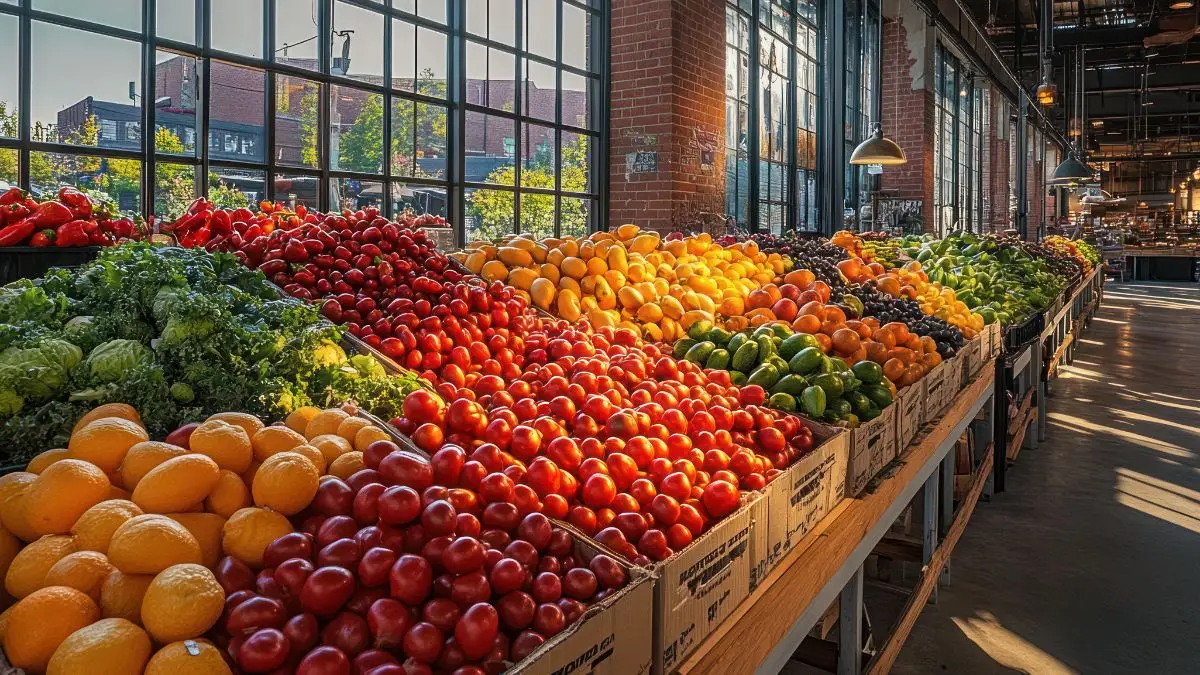
You can avoid tourist traps in any city by following simple rules that locals use instinctively:
Go Where Locals Actually Spend Time: If you don’t see local residents, you’re probably in a tourist trap. Real neighborhoods have grocery stores, dry cleaners, and services that locals need.
Eat Where Locals Eat: Restaurants with tourist trap pricing advertise in hotel lobbies and tour guides. Local favorites get discovered through neighborhood recommendations and word-of-mouth.
Use Local Transportation: Take buses and trains that locals use for daily commutes. Tourist areas are designed for tour buses and taxis, not public transportation.
Shop Where Locals Shop: Farmers markets, neighborhood stores, and local chains serve residents. Tourist shops sell items locals would never buy at prices they’d never pay.
Ask Local Service Workers: Hotel staff, coffee shop employees, and taxi drivers know which places locals actually recommend. They live in the city and can point you away from tourist traps.
These local travel recommendations work in any city because authentic experiences share common characteristics – they serve local needs rather than tourist fantasies.
Skip the overrated tourist traps and discover what locals already know about their cities.

